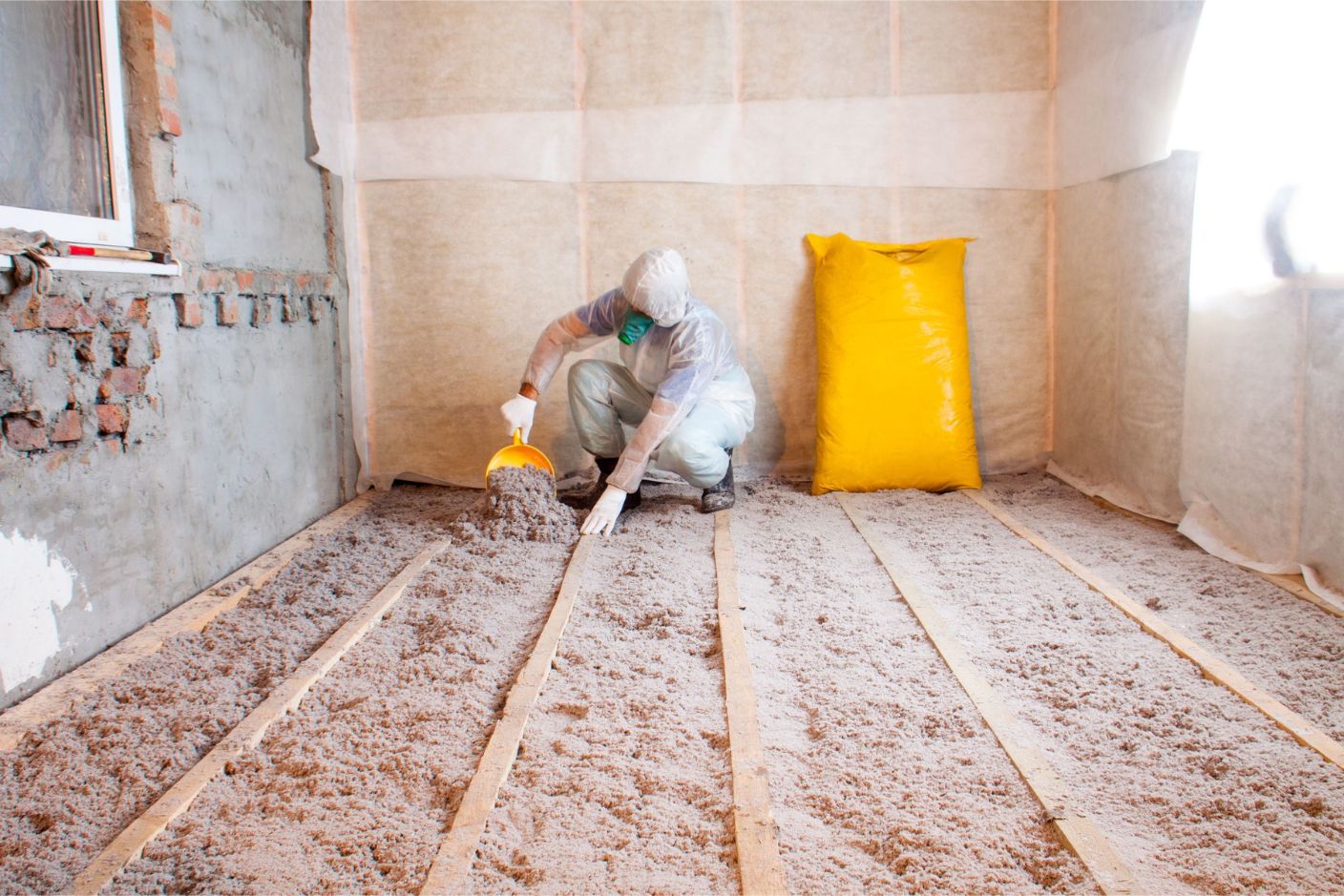

Articles
What Is The Best Material For Insulation
Modified: January 8, 2024
Looking for articles about the best material for insulation? Explore our comprehensive guide to find expert recommendations and make informed decisions.
(Many of the links in this article redirect to a specific reviewed product. Your purchase of these products through affiliate links helps to generate commission for Storables.com, at no extra cost. Learn more)
Introduction
When it comes to insulating your home or building, choosing the right material is crucial for maintaining comfortable indoor temperatures, reducing energy costs, and minimizing environmental impact. With a wide range of insulation materials available on the market, it can be overwhelming to determine which one is best suited for your needs.
In this article, we will explore the various insulation materials and assess their properties, benefits, and drawbacks. By understanding the different types of insulation, you can make an informed decision and select the best material for your specific requirements.
Insulation is a critical component of any structure, as it helps to regulate temperatures by preventing heat transfer. It works by creating a barrier between the indoor and outdoor environments, reducing the transfer of heat through conduction, convection, and radiation.
There are several factors to consider when selecting an insulation material, including R-value (the measure of its resistance to heat flow), environmental impact, cost, installation process, and performance in different climates.
In the following sections, we will delve into the details of various insulation materials and explore their characteristics:
Key Takeaways:
- Choose the Right Insulation Material for Your Needs
Understanding the properties and benefits of various insulation materials is crucial for creating a comfortable and energy-efficient indoor environment. Consider factors such as thermal performance, fire resistance, and eco-friendliness to make an informed decision. - Prioritize Comfort, Energy Efficiency, and Sustainability
Selecting the best insulation material involves weighing factors such as cost, R-value, and environmental impact. By choosing the right material and ensuring proper installation, you can contribute to a more sustainable future while enjoying a comfortable indoor space.
Read more: What Is Insulation In Science
Fiberglass Insulation
Fiberglass insulation is one of the most widely used and cost-effective options available for insulating homes and commercial buildings. It is made from finely woven glass fibers that are densely packed together, forming an excellent thermal barrier.
One of the key advantages of fiberglass insulation is its high R-value, which means it offers a good resistance to heat flow. This helps to keep indoor spaces warm during the winter and cool during the summer, reducing the need for excessive heating or cooling.
Fiberglass insulation is also relatively easy to install, as it comes in rolls or batts that can be cut to fit into standard-sized spaces. The fibers are noncombustible, making fiberglass insulation a safe choice for fire resistance.
However, it is important to handle fiberglass insulation with caution, as the fibers can cause skin irritation and respiratory problems if inhaled. Proper protective gear, such as gloves and masks, should be worn during installation.
Additionally, fiberglass insulation may settle over time, which can reduce its effectiveness. Regular inspections and maintenance are necessary to ensure that the insulation remains in good condition.
Fiberglass insulation is a versatile option that can be used in walls, attics, basements, and crawl spaces. It effectively reduces noise transmission and is resistant to mold and mildew growth.
In summary, fiberglass insulation is a popular choice for its affordability, ease of installation, and thermal efficiency. It is suitable for a wide range of applications and provides effective insulation for both residential and commercial buildings.
Cellulose Insulation
Cellulose insulation is an eco-friendly and energy-efficient option that is made from recycled paper, typically sourced from newspapers or old cardboard. It is a loose-fill insulation material that is blown or sprayed into walls, attics, and other enclosed spaces.
One of the key advantages of cellulose insulation is its excellent insulation properties. It has a high R-value and provides effective resistance to heat flow, helping to maintain consistent indoor temperatures and reducing energy consumption.
Cellulose insulation is also known for its superior sound absorption capabilities, making it an ideal choice for reducing noise transmission between rooms or floors in a building.
Another notable benefit of cellulose insulation is its ability to resist fire. Though made from paper, it is treated with fire retardants to enhance its fire-resistant properties. In the event of a fire, cellulose insulation can slow down the spread of flames, providing valuable time for occupants to evacuate.
Furthermore, cellulose insulation is resistant to pests and insects, such as ants and termites, due to the borates and other deterrents added during the manufacturing process.
However, there are a few considerations to keep in mind with cellulose insulation. It requires professional installation, as it needs to be properly blown or sprayed into the desired areas. DIY installation may lead to improper coverage and reduced performance.
In addition, while cellulose insulation is generally safe, it can cause mild skin and respiratory irritation if proper protective gear is not used during installation. It is recommended to wear gloves, masks, and goggles for protection.
Overall, cellulose insulation offers excellent thermal performance, sound absorption, and fire resistance. It is an environmentally friendly option that maximizes energy efficiency, making it a popular choice for those seeking sustainable insulation solutions.
Spray Foam Insulation
Spray foam insulation is a versatile and highly effective insulation material that is applied as a liquid and expands into a foam. It is commonly used to fill gaps, cracks, and voids in walls, attics, and crawlspaces, creating an airtight and moisture-resistant barrier.
One of the key advantages of spray foam insulation is its exceptional thermal performance. It has a high R-value, providing superior insulation compared to other types of insulation materials.
Spray foam insulation forms a tightly sealed barrier, preventing air leakage and heat transfer. This helps to maintain consistent indoor temperatures, reduce energy waste, and lower utility bills.
In addition to its insulation properties, spray foam insulation also acts as an effective sound barrier, minimizing noise transmission between different areas of a building.
Another benefit of spray foam insulation is its ability to create an air and moisture barrier. The foam expands and fills the smallest cracks and gaps, preventing drafts and moisture infiltration. This can help to prevent issues like mold growth and moisture-related damage.
However, it is important to note that spray foam insulation requires professional installation, as it requires the use of specialized equipment and expertise. Improper installation can result in uneven coverage or improper mixing of the chemicals, affecting its performance.
Furthermore, spray foam insulation can release potentially harmful chemicals during installation, such as volatile organic compounds (VOCs). Proper ventilation should be ensured during and after installation to minimize any health risks.
Overall, spray foam insulation is a highly efficient and versatile option that provides excellent insulation, air sealing, moisture resistance, and soundproofing capabilities. It may require a higher upfront investment compared to other insulation materials, but its long-term energy savings and benefits make it a popular choice for many homeowners and builders.
Mineral Wool Insulation
Mineral wool insulation, also known as rock wool or stone wool insulation, is made from natural rock or minerals such as basalt or slag. It is available in the form of batts, rolls, or loose-fill, and is commonly used in walls, roofs, and attics.
One of the key advantages of mineral wool insulation is its excellent fire-resistance properties. It has a high melting point and is non-combustible, making it a safe choice for insulation in residential and commercial buildings.
In addition to fire resistance, mineral wool insulation offers excellent thermal performance. It has a relatively high R-value, providing effective insulation and helping to reduce energy consumption.
Mineral wool insulation is also known for its superior sound-absorbing qualities. It can help to reduce noise transmission between different rooms or floors, creating a quieter and more comfortable indoor environment.
Furthermore, mineral wool insulation is resistant to mold, mildew, and pests. It does not provide a suitable environment for the growth of microorganisms and pests due to its inorganic composition.
One consideration with mineral wool insulation is that it can be a bit more expensive compared to other insulation materials. However, its durability and long lifespan make it a cost-effective choice in the long run.
Installation of mineral wool insulation requires proper protective gear, such as gloves and a mask, as the fibers can be irritating to the skin and respiratory system. It is important to follow safety guidelines and instructions provided by the manufacturer.
In summary, mineral wool insulation offers excellent fire resistance, thermal performance, sound absorption, and resistance to mold and pests. It is a reliable and durable insulation option that provides long-lasting energy efficiency and comfort in residential and commercial buildings.
Read more: How To Insulate Roof
Foam Board Insulation
Foam board insulation, also known as rigid foam insulation, is a type of insulation material that comes in the form of rigid panels or boards. It is commonly used in walls, roofs, and foundations to provide thermal and moisture resistance.
One of the key advantages of foam board insulation is its high insulating efficiency. It has a high R-value per inch, which means it provides excellent insulation and helps to prevent heat transfer and air leakage.
Foam board insulation offers good moisture resistance, making it suitable for areas prone to high humidity, such as basements and crawlspaces. It acts as a vapor barrier, preventing moisture from seeping into the building and causing damage or promoting mold growth.
This type of insulation is also lightweight and relatively easy to handle and install. Foam boards can be cut to the desired size and shape, allowing for precise fit in awkward spaces. They can be installed using adhesives, fasteners, or interlocking edges.
However, it is important to note that foam board insulation may require additional measures to ensure proper air sealing and moisture control. Proper installation techniques, including sealing the joints and edges, are necessary to maximize its performance.
Furthermore, foam board insulation may emit volatile organic compounds (VOCs) during the manufacturing process. It is recommended to allow for proper ventilation during and after installation to minimize any potential health risks.
Foam board insulation is available in different materials, such as expanded polystyrene (EPS), extruded polystyrene (XPS), and polyisocyanurate (polyiso). Each material has its own set of properties and benefits, so it is important to choose the right type based on your specific needs and requirements.
In summary, foam board insulation offers excellent thermal resistance, moisture control, and versatility. Its high insulating efficiency and ease of installation make it a popular choice for both residential and commercial applications, helping to create energy-efficient and comfortable indoor spaces.
Reflective Insulation
Reflective insulation is a type of insulation material that relies on its reflective properties to reduce heat transfer. It typically consists of a layer of aluminum foil or metalized film, often sandwiched between layers of other insulation materials.
One of the key advantages of reflective insulation is its ability to reflect radiant heat. When installed in the right configuration, it can help to keep spaces cooler in hot climates by reflecting the heat away from the building.
Reflective insulation is commonly used in attics, roof spaces, and walls to minimize heat gain during hot summers. By reducing the amount of radiant heat absorbed by the building, it can help to lower cooling costs and improve energy efficiency.
Another benefit of reflective insulation is that it does not degrade or lose its effectiveness over time. Unlike some other insulation materials, reflective insulation does not settle or compress, ensuring its long-term performance.
Reflective insulation is also lightweight and relatively easy to install. It can be cut to fit the desired space and can be stapled, taped, or glued in place. However, proper installation is crucial to maximize its effectiveness, as any gaps or seams can reduce its reflective properties.
It is important to note that reflective insulation primarily reduces radiant heat transfer and may not provide significant benefits in terms of thermal resistance (R-value) or air infiltration. Thus, it is often used in combination with other insulation materials like fiberglass or foam insulation to provide comprehensive insulation.
Additionally, reflective insulation does not offer soundproofing capabilities and is not effective at reducing noise transmission. If sound insulation is a concern, additional sound-absorbing materials should be used in conjunction with reflective insulation.
In summary, reflective insulation is a specialized type of insulation that primarily focuses on mitigating radiant heat transfer. When properly installed in conjunction with other insulation materials, it can help to improve energy efficiency and maintain comfortable indoor temperatures in warmer climates.
When choosing insulation material, consider factors such as R-value, fire resistance, and moisture resistance. Fiberglass, foam, and cellulose are popular options. Conduct thorough research to determine the best fit for your specific needs.
Radiant Barrier Insulation
Radiant barrier insulation is a specialized type of insulation that is designed to block the transfer of radiant heat. It typically consists of a highly reflective material, such as aluminum foil, that is installed in the attic space to reflect radiant heat away from the building.
The primary purpose of radiant barrier insulation is to reduce heat gain in warmer climates and minimize heat loss in colder climates. It is particularly effective in areas with hot summers and intense sunlight.
One of the key advantages of radiant barrier insulation is its ability to reflect a significant amount of radiant heat. As the sun’s rays hit the roof, the radiant barrier reflects the heat back, preventing it from penetrating into the living spaces below.
Radiant barrier insulation can help to reduce indoor temperatures, lower cooling costs, and increase energy efficiency. By minimizing heat gain, it helps to reduce the load on air conditioning systems and maintain a comfortable indoor environment.
This type of insulation is typically installed in the attic, facing the exterior side of the roof. It can be installed in conjunction with other insulation materials, such as fiberglass or foam, to provide comprehensive insulation and maximize thermal resistance.
One important consideration with radiant barrier insulation is proper installation. It should be installed with an air gap between the barrier and the roof to effectively reflect radiant heat. Any gaps or punctures in the barrier can reduce its performance.
Radiant barrier insulation is lightweight, durable, and generally easy to install. It can be stapled or nailed to the roof rafters or laid across the attic floor. However, professional installation may be required for larger or more complex spaces.
It is worth noting that radiant barrier insulation primarily focuses on blocking radiant heat and may not provide significant benefits in terms of thermal resistance (R-value) or air infiltration. Therefore, it is often used in conjunction with other insulation materials to achieve comprehensive insulation.
In summary, radiant barrier insulation is an effective solution for reducing heat gain and increasing energy efficiency in warmer climates. By reflecting radiant heat, it helps to maintain cooler indoor temperatures and lower cooling costs, providing a comfortable living environment.
Natural Fiber Insulation
Natural fiber insulation, as the name suggests, is made from renewable and biodegradable materials such as cotton, sheep’s wool, hemp, or cellulose fibers derived from recycled paper or plant sources. It is a sustainable alternative to traditional insulation materials.
One of the key advantages of natural fiber insulation is its eco-friendliness. It is made from renewable resources and often produced using minimal energy and water consumption. Additionally, it can be recycled or composted at the end of its lifespan, reducing environmental impact.
Natural fiber insulation offers good thermal performance, helping to maintain comfortable indoor temperatures and reduce energy consumption. It has a moderate to high R-value, depending on the material and thickness, and can effectively insulate walls, ceilings, and floors.
Furthermore, natural fiber insulation is breathable, allowing for better moisture management and preventing the build-up of condensation. This helps to reduce the risk of mold and mildew growth, ensuring a healthier indoor environment.
Natural fiber insulation is relatively easy to install and can be cut to fit into standard-sized spaces. It can be held in place with staples, nails, or other fasteners. However, it may require professional installation for larger or more complex projects.
One consideration with natural fiber insulation is the potential for allergenic reactions, particularly for individuals with sensitivities. However, compared to synthetic insulation materials, natural fiber insulation generally has lower levels of VOCs, making it a healthier choice for indoor air quality.
It is important to note that natural fiber insulation can be more susceptible to pest infestation or decay if not properly treated or protected. Appropriate measures should be taken, such as using borate treatments, to deter pests and ensure the longevity of the insulation.
In summary, natural fiber insulation offers an environmentally friendly and sustainable option for insulation. It provides good thermal performance, moisture management, and a healthier indoor environment. With proper installation and maintenance, natural fiber insulation can effectively insulate buildings while minimizing environmental impact.
Read more: What Is Insulation In A House
Aerogel Insulation
Aerogel insulation is a highly effective and innovative insulation material that offers exceptional thermal performance. It is composed of a gel-like substance that is mostly made up of air, creating a solid material with extremely low density.
One of the key advantages of aerogel insulation is its remarkable insulating properties. It has an incredibly low thermal conductivity, which means it provides excellent resistance to heat transfer. This allows for superior insulation and energy efficiency, helping to keep indoor spaces comfortable and reducing heating or cooling costs.
Aerogel insulation is also highly versatile and can be used in various applications. It is available in different forms, such as flexible blankets, panels, or as a powder for injection. This makes it suitable for insulating walls, roofs, and even high-temperature industrial applications.
Another notable benefit of aerogel insulation is its hydrophobic properties, meaning it is resistant to water absorption. This makes it ideal for use in areas prone to moisture or condensation, as it helps to prevent the growth of mold and mildew, and maintain the insulation’s effectiveness over time.
Furthermore, aerogel insulation is thin and lightweight, allowing for easy installation and minimizing the impact on existing structures. It can be easily cut or shaped to fit specific spaces, making it a suitable choice for retrofit projects or areas with limited access.
Despite its impressive properties, there are a few considerations to keep in mind with aerogel insulation. It is typically more expensive compared to other insulation materials, due to its advanced manufacturing process and unique properties.
In addition, aerogel insulation can be fragile and prone to damage if not handled with care during installation. Proper precautions should be taken to avoid puncturing or tearing the material.
Overall, aerogel insulation is a groundbreaking insulation material that offers unparalleled thermal performance and versatility. Its exceptional insulation capabilities, combined with its hydrophobic nature, make it an ideal choice for achieving energy efficiency and maintaining comfort in various applications.
Polyisocyanurate Insulation
Polyisocyanurate insulation, often referred to as polyiso insulation, is a type of rigid foam insulation that is widely used in commercial and residential construction. It is composed of a closed-cell foam that provides excellent thermal resistance and energy efficiency.
One of the key advantages of polyisocyanurate insulation is its high R-value per inch of thickness. It offers superior insulation compared to other insulation materials, helping to reduce heat transfer and improve energy efficiency in buildings.
Polyisocyanurate insulation is known for its exceptional fire resistance properties. It has a high ignition temperature and can withstand high temperatures, making it a safe choice for insulation in fire-prone areas or applications where fire safety is a concern.
Another benefit of polyisocyanurate insulation is its structural strength. It provides rigidity and can add structural integrity to walls, roofs, and other building components. This can contribute to the overall durability and longevity of the structure.
Polyisocyanurate insulation is also resistant to moisture and can act as a vapor barrier. It helps to prevent the penetration of water vapor into the building, reducing the risk of mold, mildew, and moisture-related damage.
Furthermore, polyisocyanurate insulation is relatively lightweight and easy to handle. It can be cut to fit the desired size and shape, allowing for efficient installation and minimizing waste.
One consideration with polyisocyanurate insulation is its sensitivity to ultraviolet (UV) exposure. It should be protected from direct sunlight or covered with a protective layer to prevent UV degradation over time.
In addition, proper ventilation should be ensured during and after installation, as polyisocyanurate insulation can release harmful gases during manufacturing. It is important to follow safety guidelines and allow time for proper off-gassing.
In summary, polyisocyanurate insulation offers excellent thermal performance, fire resistance, moisture resistance, and structural strength. It is a versatile and durable insulation material that is commonly used in both residential and commercial construction to improve energy efficiency and maintain comfortable indoor environments.
Polystyrene Insulation
Polystyrene insulation, commonly known as EPS (Expanded Polystyrene) or XPS (Extruded Polystyrene), is a lightweight and versatile insulation material widely used in both residential and commercial construction.
One of the key advantages of polystyrene insulation is its excellent thermal insulation properties. It has a high R-value, which means it provides effective resistance to heat transfer, helping to maintain comfortable indoor temperatures and reduce energy consumption.
Polystyrene insulation is available in two main forms: EPS and XPS. EPS is made of small beads or pellets of expanded polystyrene, while XPS is produced through an extrusion process that yields a solid foam board.
EPS insulation is budget-friendly and easy to handle. It can be molded or shaped to fit any space, making it suitable for insulation in walls, roofs, and foundations. EPS also provides good moisture resistance and is resistant to mold and pests.
On the other hand, XPS insulation offers enhanced moisture resistance and a higher compressive strength compared to EPS. It is often used in areas where moisture or high load-bearing capacity is a concern, such as below-grade applications or flat roofs.
Both EPS and XPS insulation are lightweight and easy to install. They can be cut with a knife or saw, allowing for precise fit and minimal waste during installation.
However, it is important to note that polystyrene insulation is flammable and can release toxic gases when exposed to fire. Proper fire safety precautions, such as the use of fire-resistant barriers or coatings, should be taken to ensure the safety of the building.
Additionally, polystyrene insulation can be subject to environmental concerns, as it is derived from petroleum-based materials. However, efforts have been made to improve the sustainability of these materials through recycling and energy-efficient manufacturing processes.
In summary, polystyrene insulation offers excellent thermal insulation, moisture resistance, and versatility. EPS and XPS are popular choices for insulation in various applications, providing energy efficiency and increased comfort in buildings.
Polyurethane Insulation
Polyurethane insulation is a highly effective and versatile insulation material that offers excellent thermal performance and energy efficiency. It is commonly used in residential, commercial, and industrial applications.
One of the key advantages of polyurethane insulation is its exceptional thermal conductivity. It has a low thermal conductivity, meaning it provides excellent insulation and helps to minimize heat transfer. This results in increased energy savings and improved comfort in buildings.
Polyurethane insulation is available in two main forms: rigid foam boards and spray foam. Rigid foam boards, often referred to as PIR (Polyisocyanurate) or PUR (Polyurethane), come in pre-cut panels that can be easily installed in walls, roofs, and floors. Spray foam, on the other hand, is a liquid that expands into a foam when applied, filling and sealing gaps and voids in various areas of a building.
One of the key advantages of polyurethane insulation is its ability to create an airtight seal when properly installed. This helps to prevent air leakage, reducing energy waste and improving the overall energy efficiency of the building.
Polyurethane insulation also offers excellent moisture resistance. It forms a barrier against water vapor and helps to prevent condensation issues, mold growth, and moisture-related damage in buildings.
Furthermore, polyurethane insulation has good structural integrity and can add strength to the building. It can help to reinforce walls and roofs and improve overall stability.
However, it is important to note that polyurethane insulation requires professional installation, especially for spray foam. Proper training and equipment are necessary to ensure correct application and optimal performance.
Additionally, the chemicals used in polyurethane insulation can release volatile organic compounds (VOCs) during installation. Proper ventilation is essential during installation and the curing process to minimize any potential health risks.
In summary, polyurethane insulation offers exceptional thermal performance, air sealing, moisture resistance, and structural benefits. Its versatility and energy-efficient properties make it a popular choice for insulation in various applications, contributing to improved energy efficiency and comfort in buildings.
Read more: What Is Pink Insulation
Conclusion
Choosing the right insulation material is crucial for maintaining comfortable indoor temperatures, reducing energy costs, and minimizing environmental impact. Throughout this article, we have explored various insulation materials and their properties.
Fiberglass insulation is a widely used, cost-effective option that provides good thermal performance and fire resistance. Cellulose insulation, made from recycled paper, offers effective insulation and sound absorption capabilities, along with fire resistance.
Spray foam insulation provides excellent thermal insulation and air sealing properties, while mineral wool insulation offers fire resistance, sound absorption, and resistance to pests and mold.
Foam board insulation provides high insulating efficiency, moisture resistance, and ease of installation, while reflective insulation blocks radiant heat and maintains comfortable indoor temperatures.
Radiant barrier insulation reflects radiant heat and reduces heat gain, while natural fiber insulation offers an eco-friendly and sustainable insulation option.
Aerogel insulation provides exceptional thermal performance, while polyisocyanurate insulation offers high R-value, fire resistance, and moisture control.
Polystyrene insulation, available in EPS and XPS forms, offers excellent thermal insulation and versatility, and polyurethane insulation provides exceptional thermal performance, air sealing, and moisture resistance.
In conclusion, the best material for insulation depends on factors such as budget, location, desired R-value, and environmental considerations. Each insulation material has its own advantages and considerations, and the choice should be based on the specific needs and requirements of the project.
By selecting the right insulation material and ensuring proper installation, you can create an energy-efficient and comfortable indoor environment, reduce energy costs, and contribute to a more sustainable future.
Frequently Asked Questions about What Is The Best Material For Insulation
Was this page helpful?
At Storables.com, we guarantee accurate and reliable information. Our content, validated by Expert Board Contributors, is crafted following stringent Editorial Policies. We're committed to providing you with well-researched, expert-backed insights for all your informational needs.
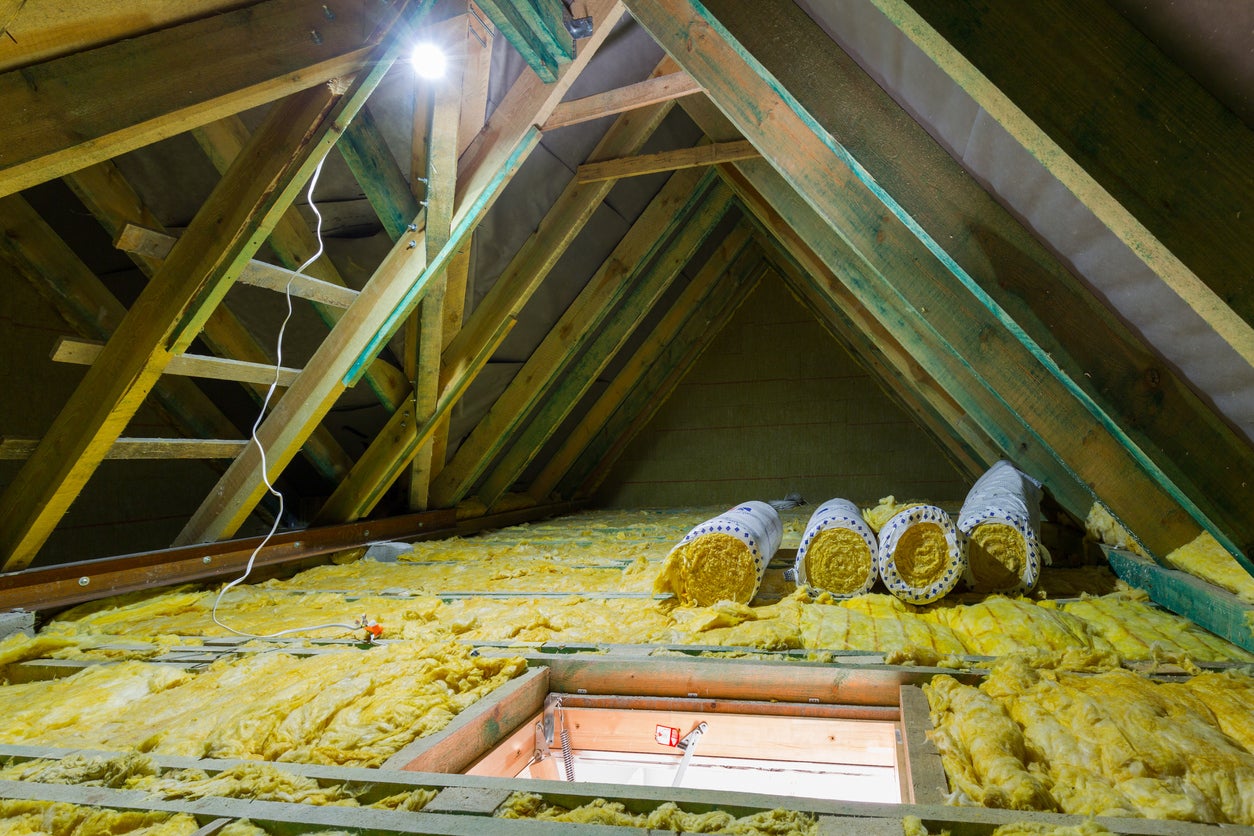
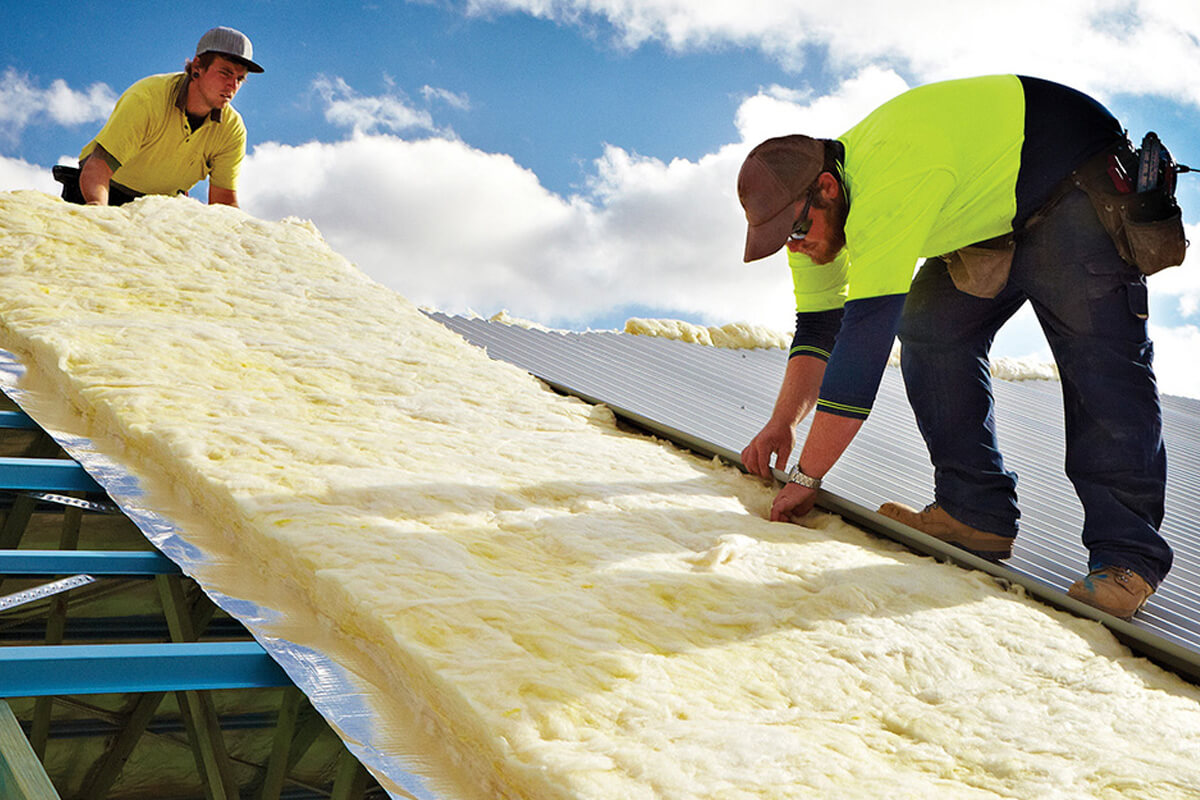
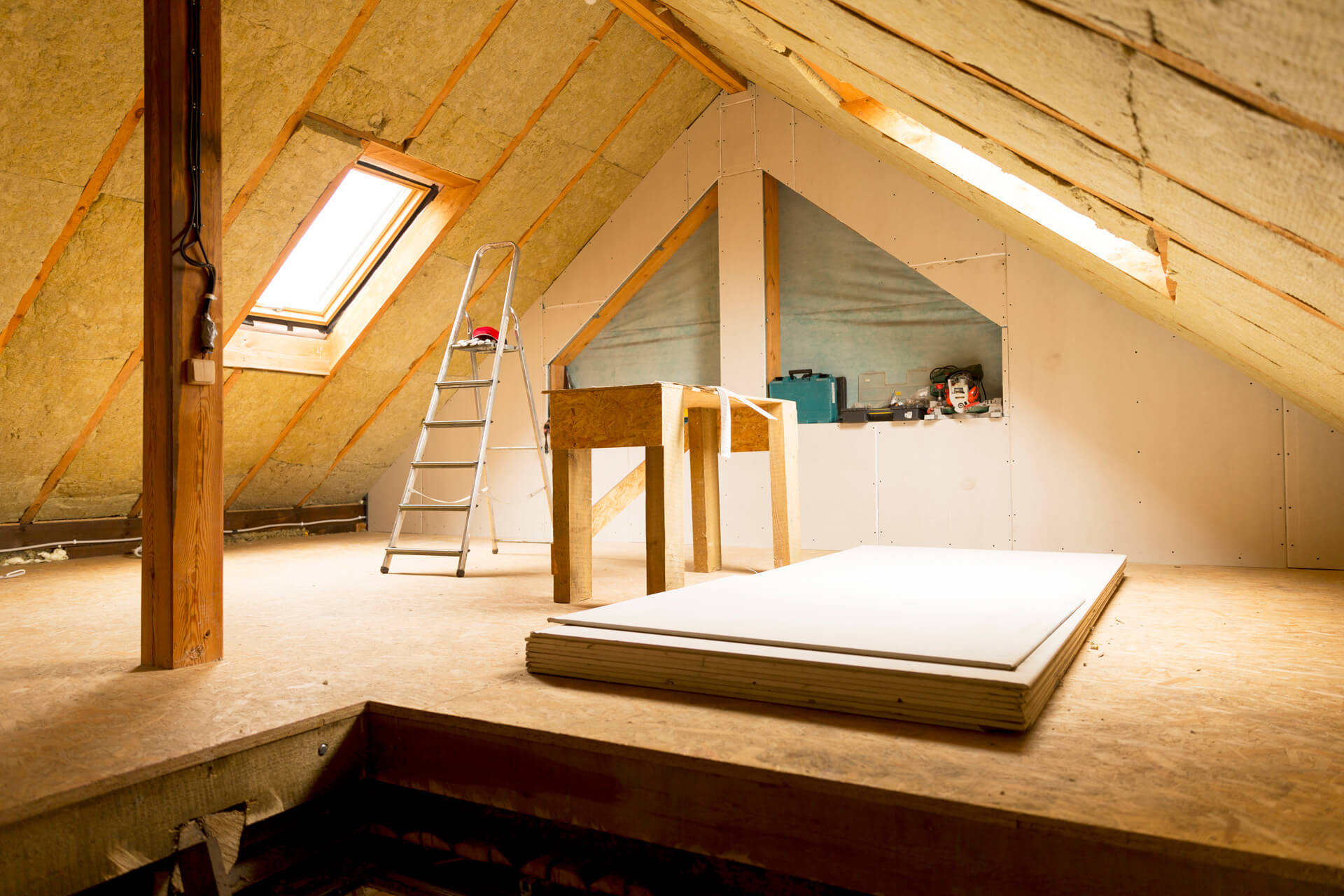
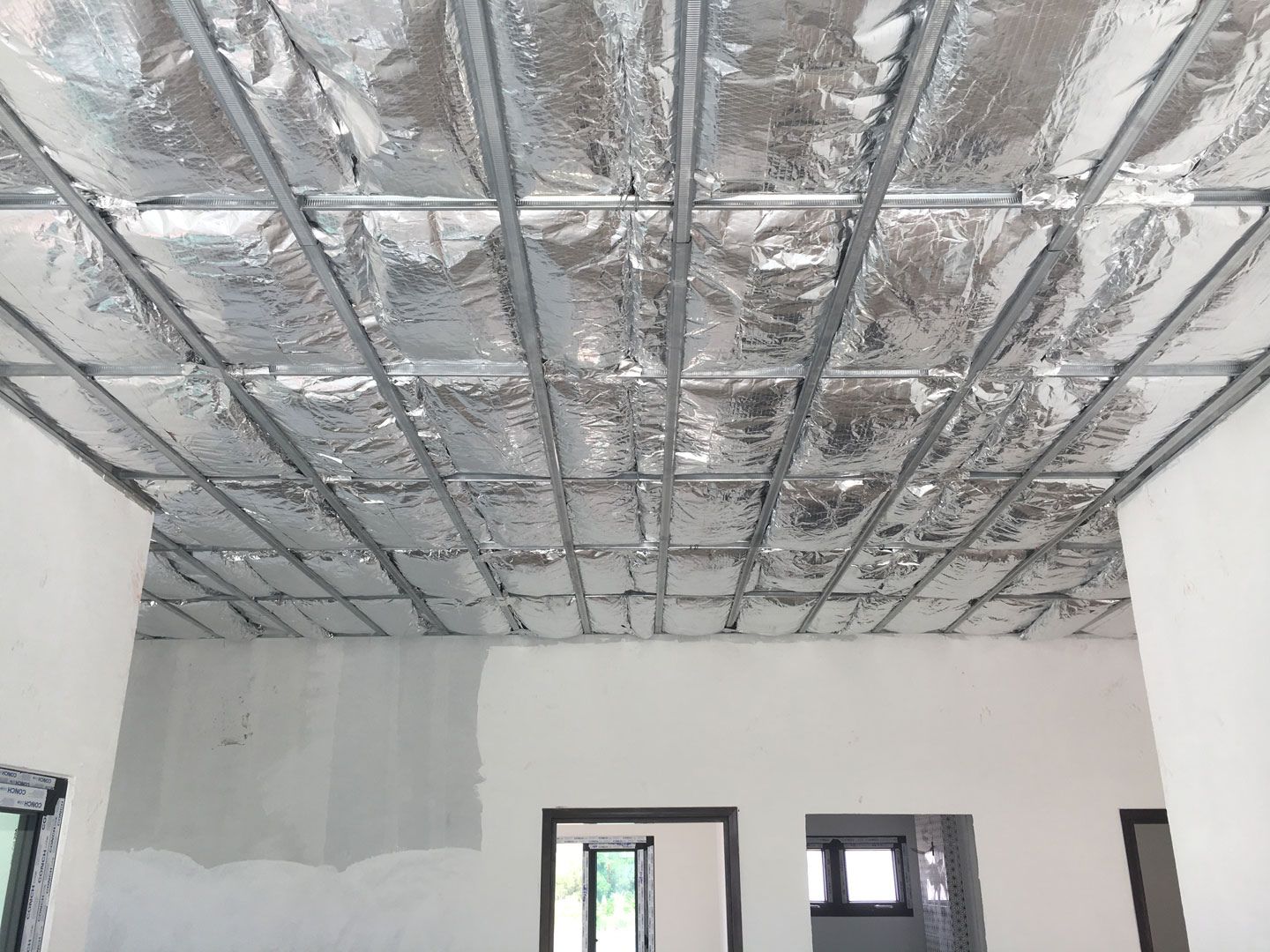
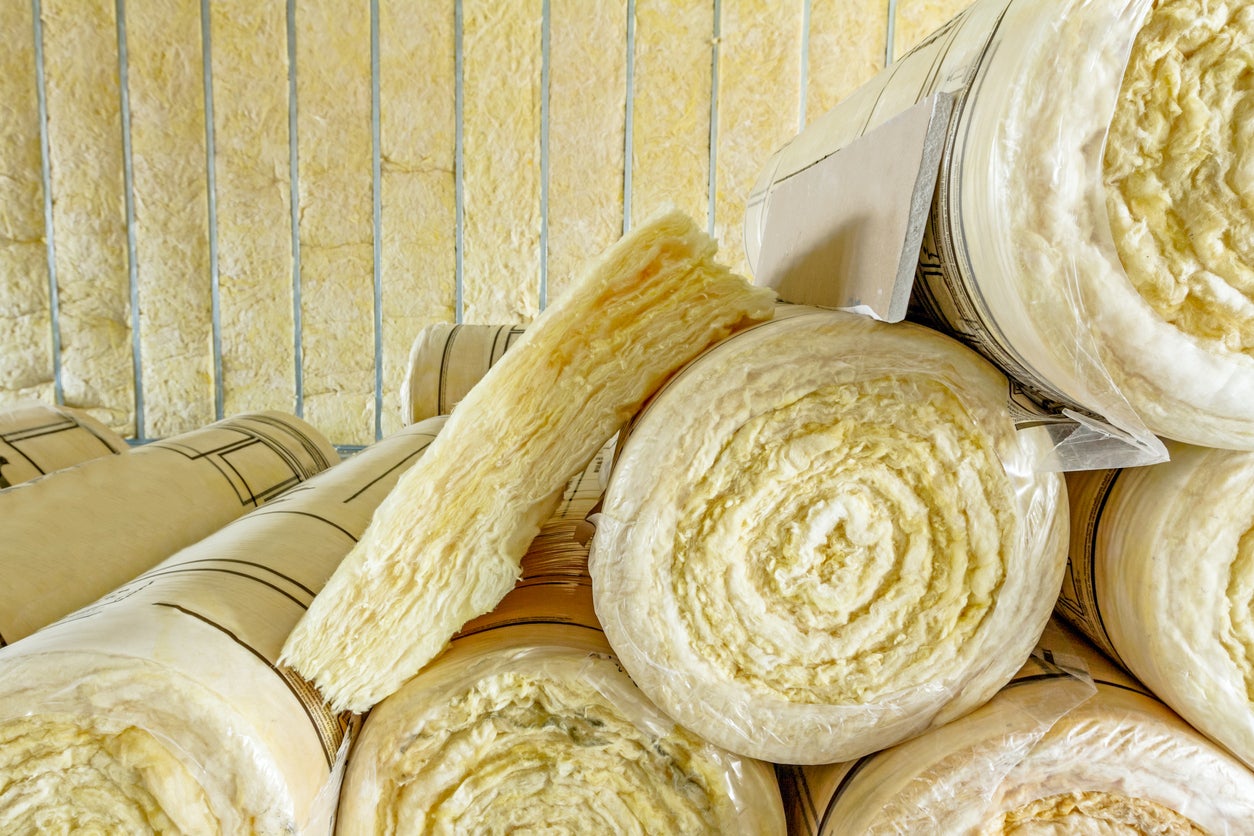
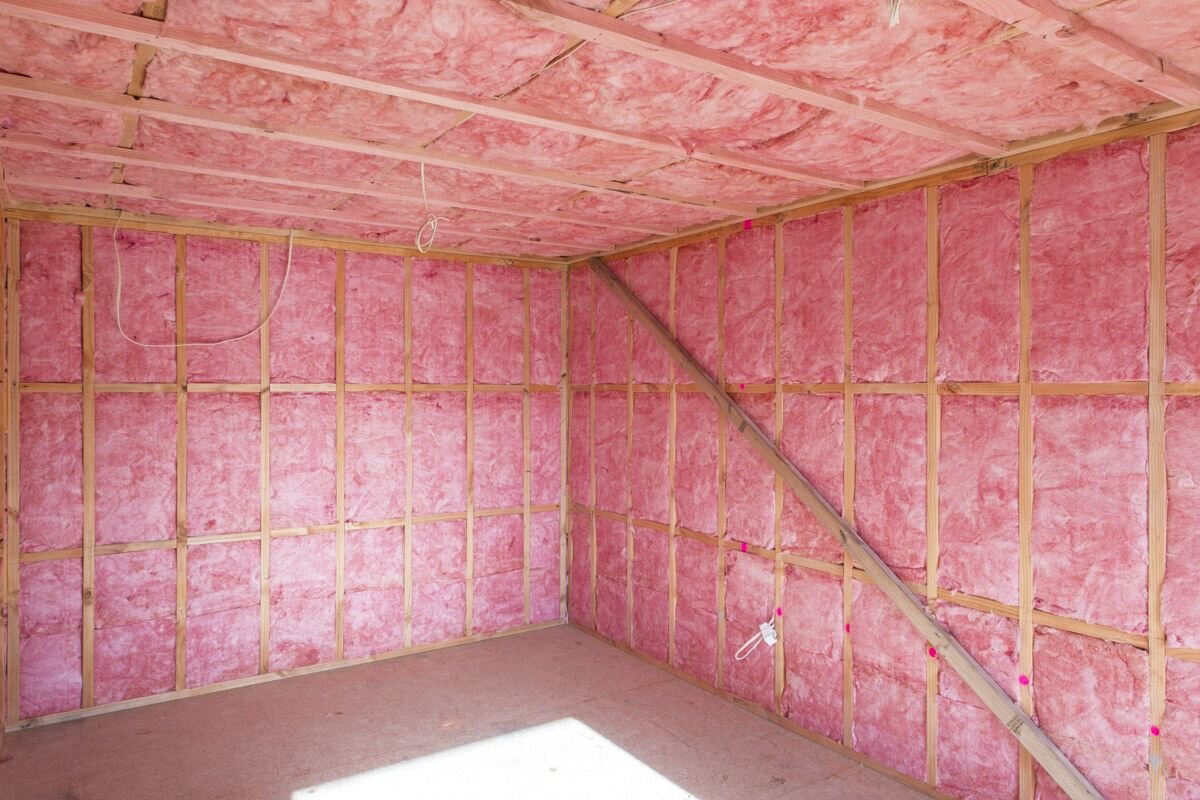
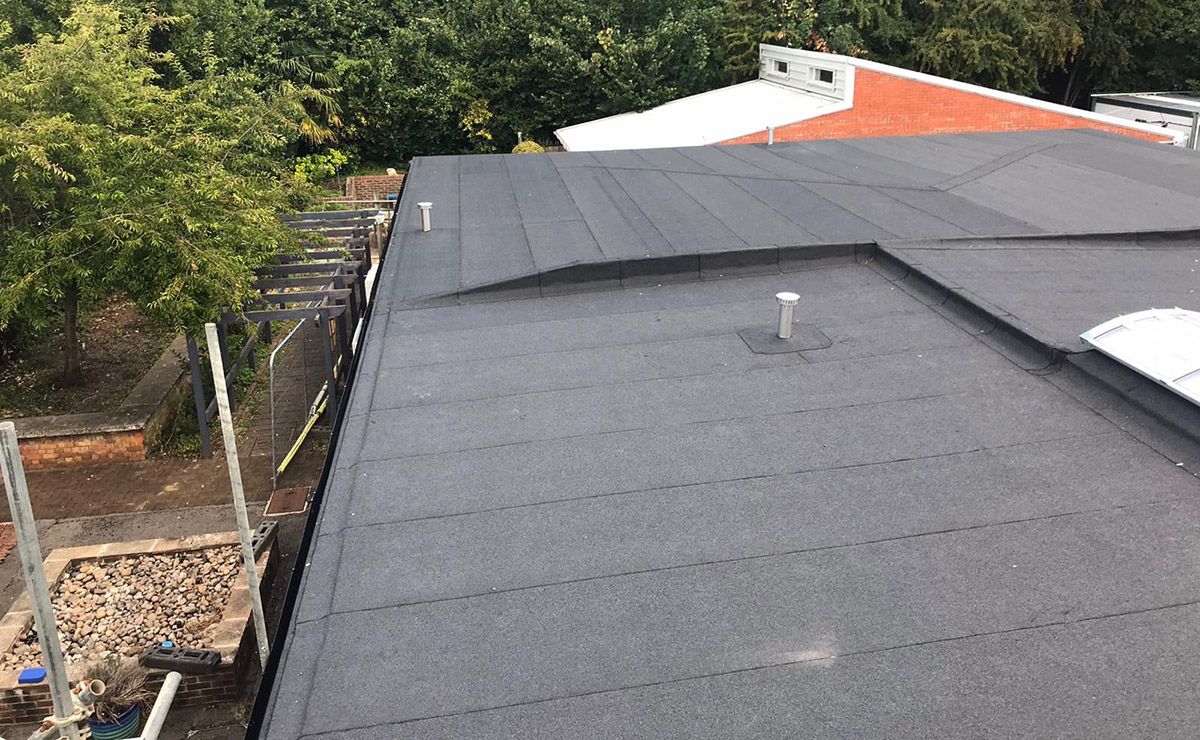
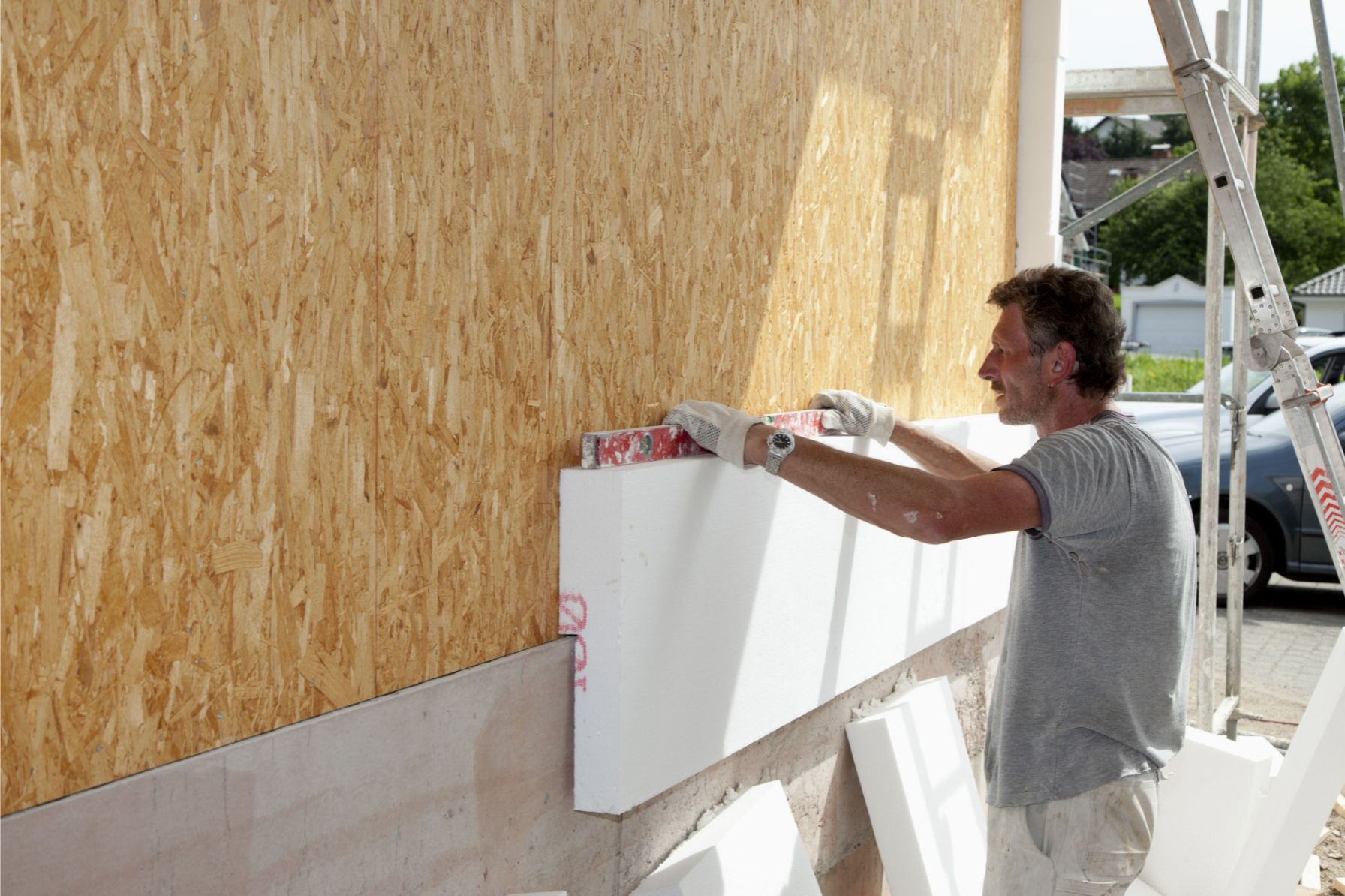
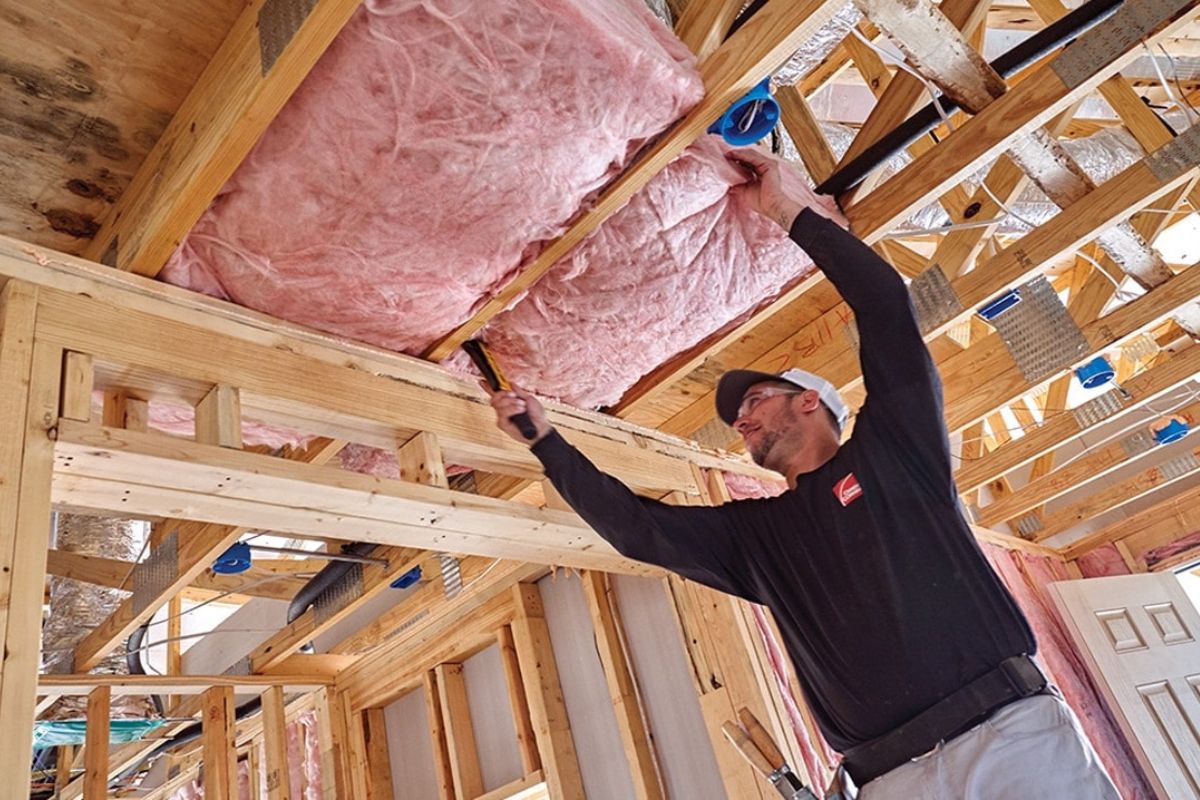
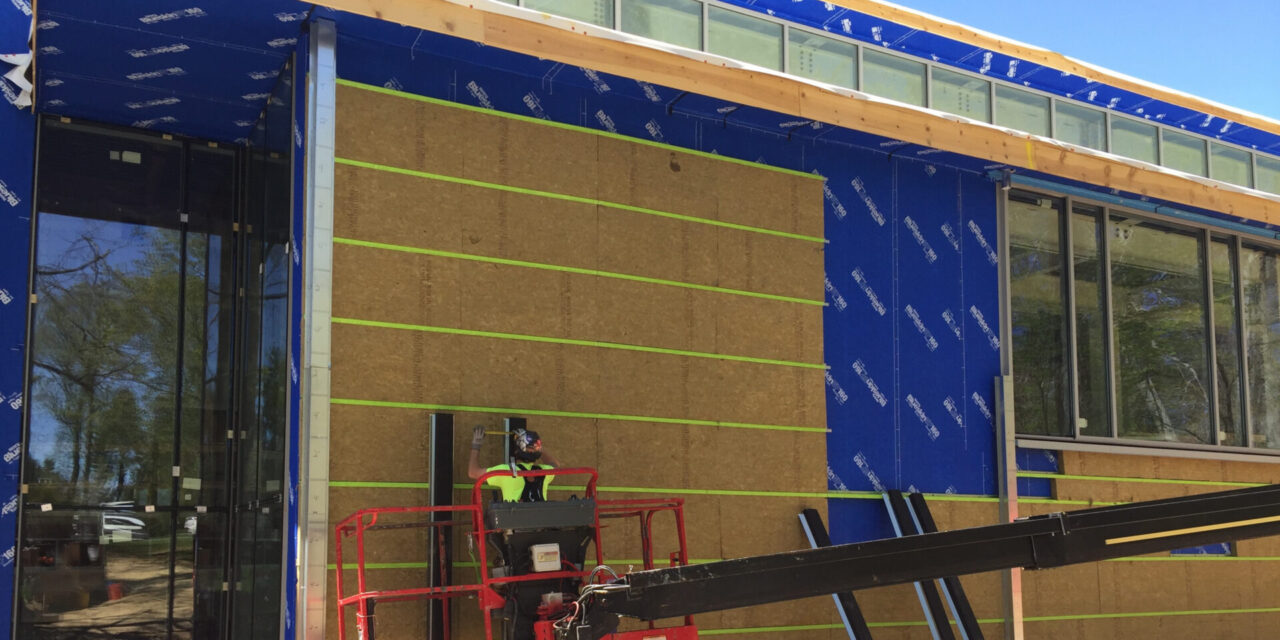
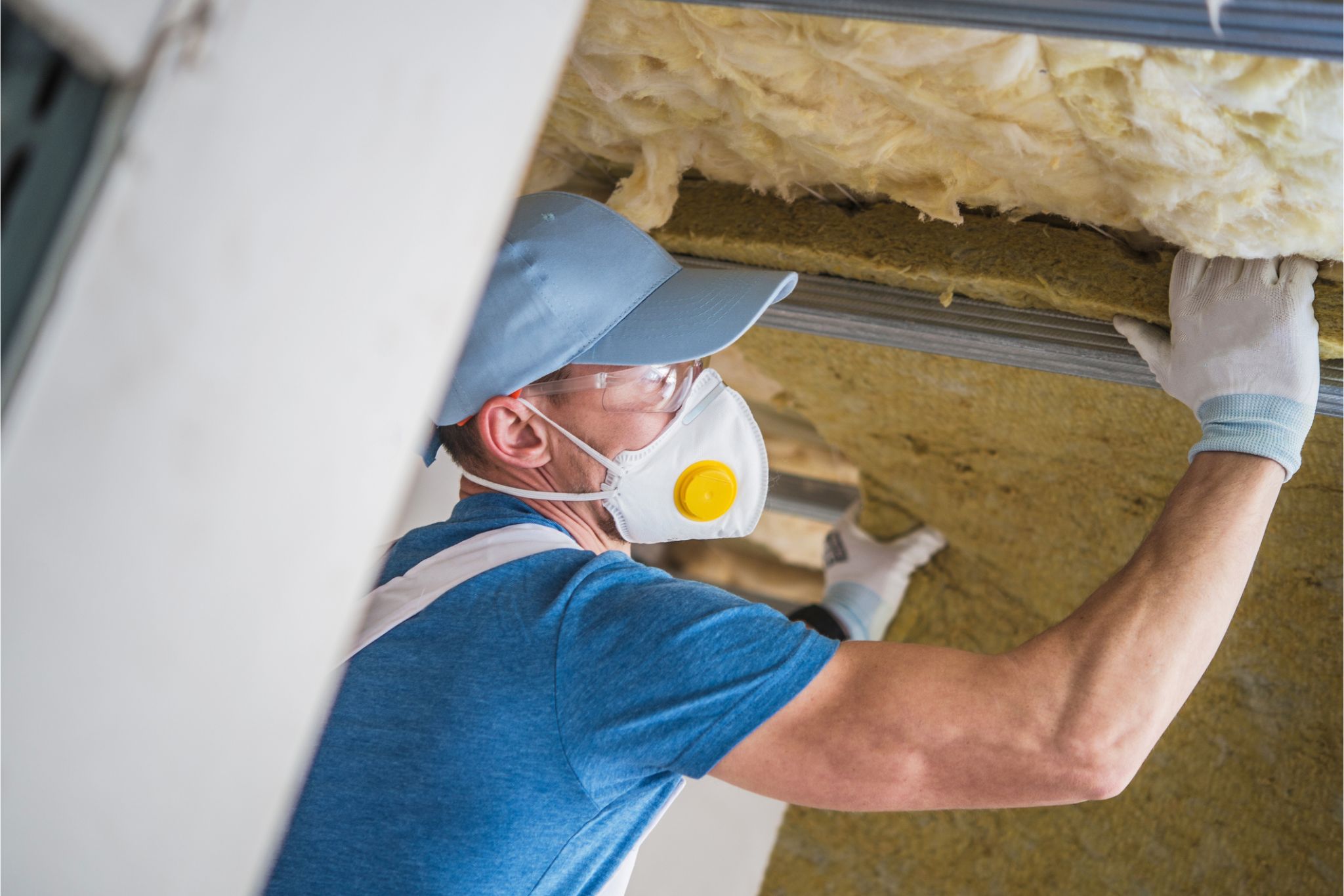
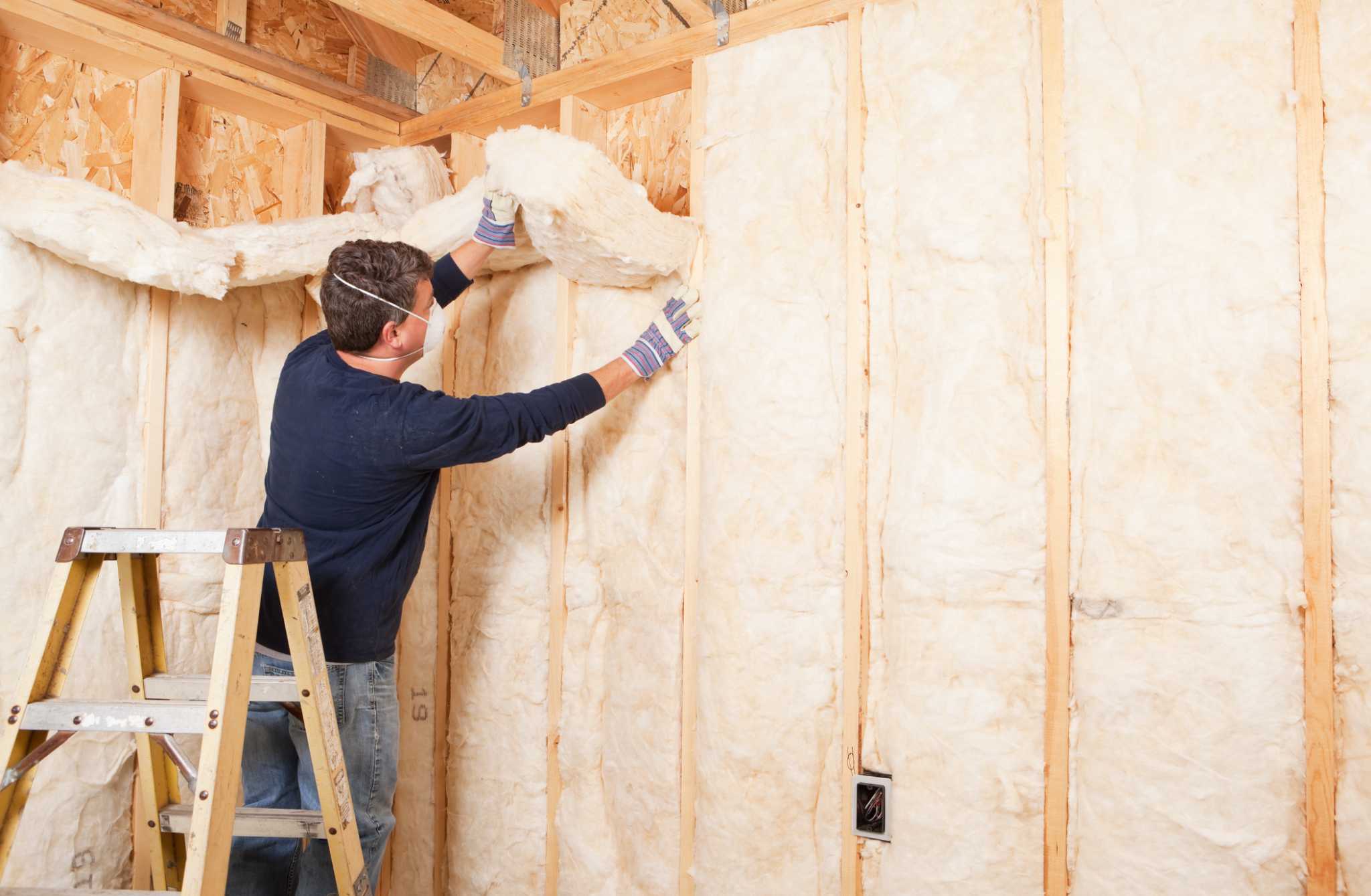

0 thoughts on “What Is The Best Material For Insulation”